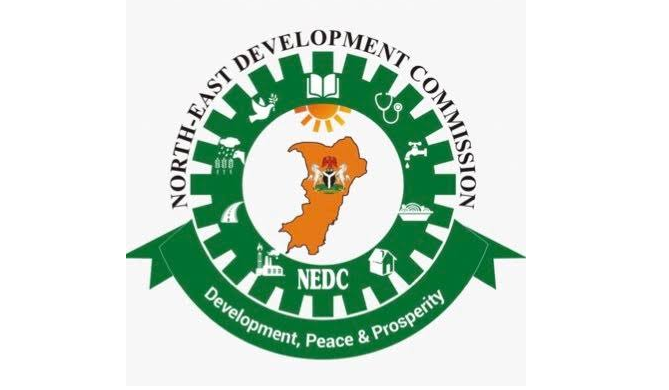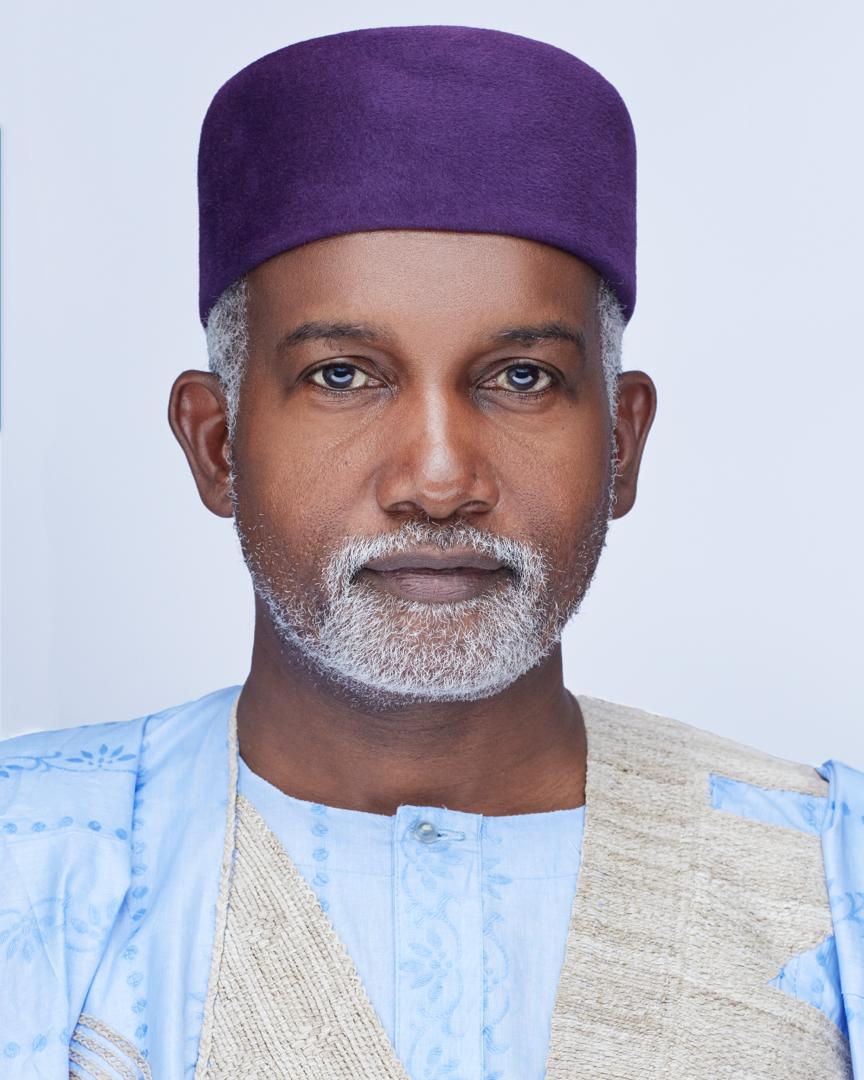Interesting facts about Union Budgets in India: From paperless budgets to tax reforms
Budget 2025: As Finance Minister Nirmala Sitharaman prepares to present her record eighth Union Budget on February 1, 2025, public anticipation is mounting. From potential tweaks to income tax rates to increased standard deductions, Budget 2025 is expected to introduce measures that could impact millions.
The Union Budget has always played a pivotal role in shaping India’s economic trajectory. The term "Budget" originates from the French word bougette, meaning a small bag or pouch, symbolising financial allocation. Here’s a look at some intriguing aspects of India’s Budget history and traditions:
India’s Budget journey began in 1860 during the British era when James Wilson, a Scottish economist, presented the first-ever Budget. Wilson, who also founded The Economist magazine and Standard Chartered Bank, laid the groundwork for financial governance in India.
Post-independence, the first Union Budget was presented by RK Shanmukham Chetty on February 28, 1948. Before this, an interim Budget was introduced on November 26, 1947, to manage finances for four months in the newly independent nation.
Over the years, some Prime Ministers have presented the Union Budget themselves, including Jawaharlal Nehru (1958), Indira Gandhi (1970), and Rajiv Gandhi (1987). Notably, Morarji Desai holds the record for presenting the most Budgets—10 in total—followed by P Chidambaram, with nine.
Nirmala Sitharaman has created her own milestones. In 2020, she delivered the longest-ever , lasting 2 hours and 42 minutes. Her 2021 Budget was another landmark moment as it was the first to go completely paperless.
Until 1999,
were traditionally presented at 5 pm, a colonial practice designed to align with the British Parliament’s schedule. This changed when Yashwant Sinha shifted the timing to 11 am, making it more convenient for Indian audiences.
Sinha’s 2000 Budget, famously known as the "Millennium Budget," was pivotal in catapulting India’s IT sector to global prominence.
The Budget process underwent significant changes in 2017 when the presentation date was advanced from February 28 to February 1. This allowed for the timely allocation of funds before the new financial year began on April 1. Additionally, the Railway Budget was merged with the Union Budget, streamlining the process.
Some Budgets have left an indelible mark on India’s economy.
Manmohan Singh’s 1991 Budget: A watershed moment that introduced economic liberalisation, dismantling the licence-permit-quota system and opening India to global markets.
P Chidambaram’s 1997-98 "Dream Budget": Known for slashing personal income tax rates, this encouraged compliance and revitalised the economy.
The Union Budget is steeped in tradition. One such custom is the halwa ceremony, held about a week before the presentation. This ceremony marks the start of the Budget’s printing process, after which officials involved are placed under a lock-in period to ensure confidentiality.
secrecy became a priority in 1950, following a leak that led the government to shift printing to a dedicated press on Minto Road in Delhi. In 1980, security was further enhanced by moving the process to the finance ministry’s North Block press.










